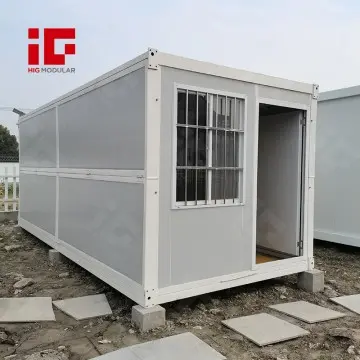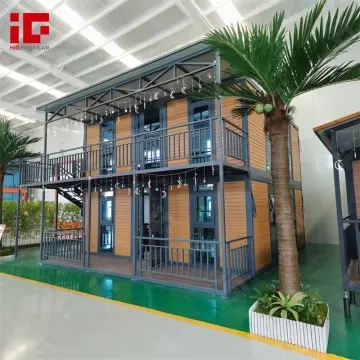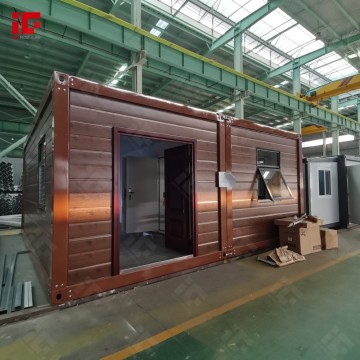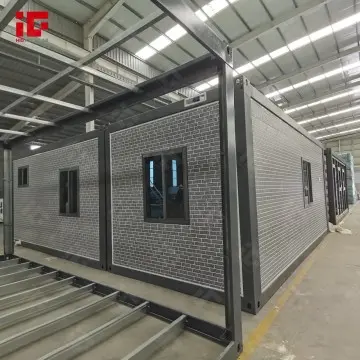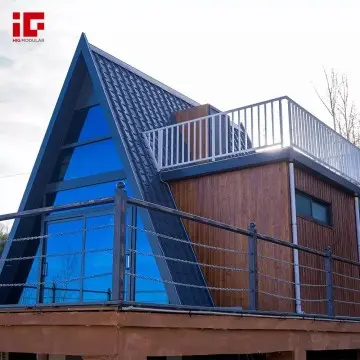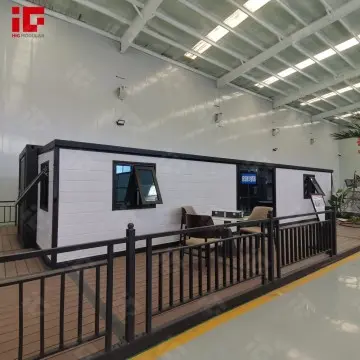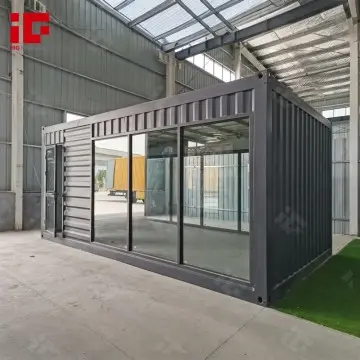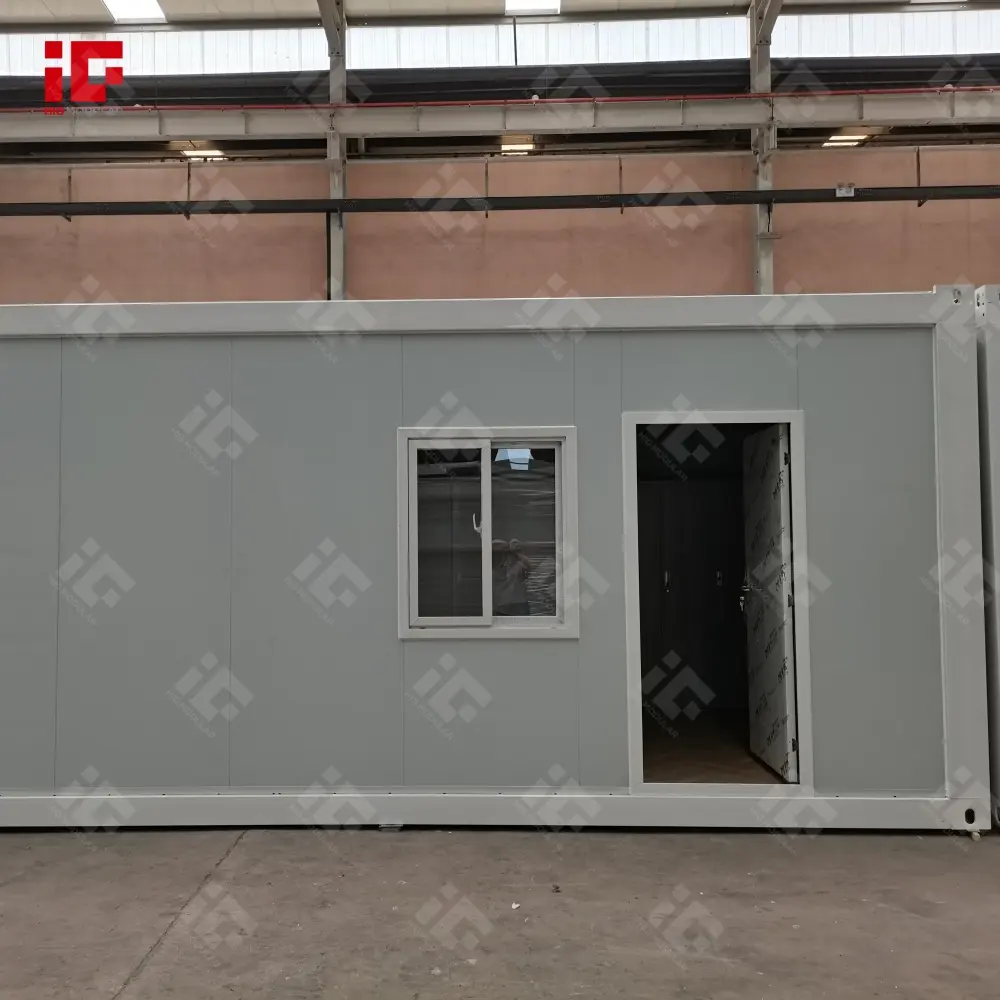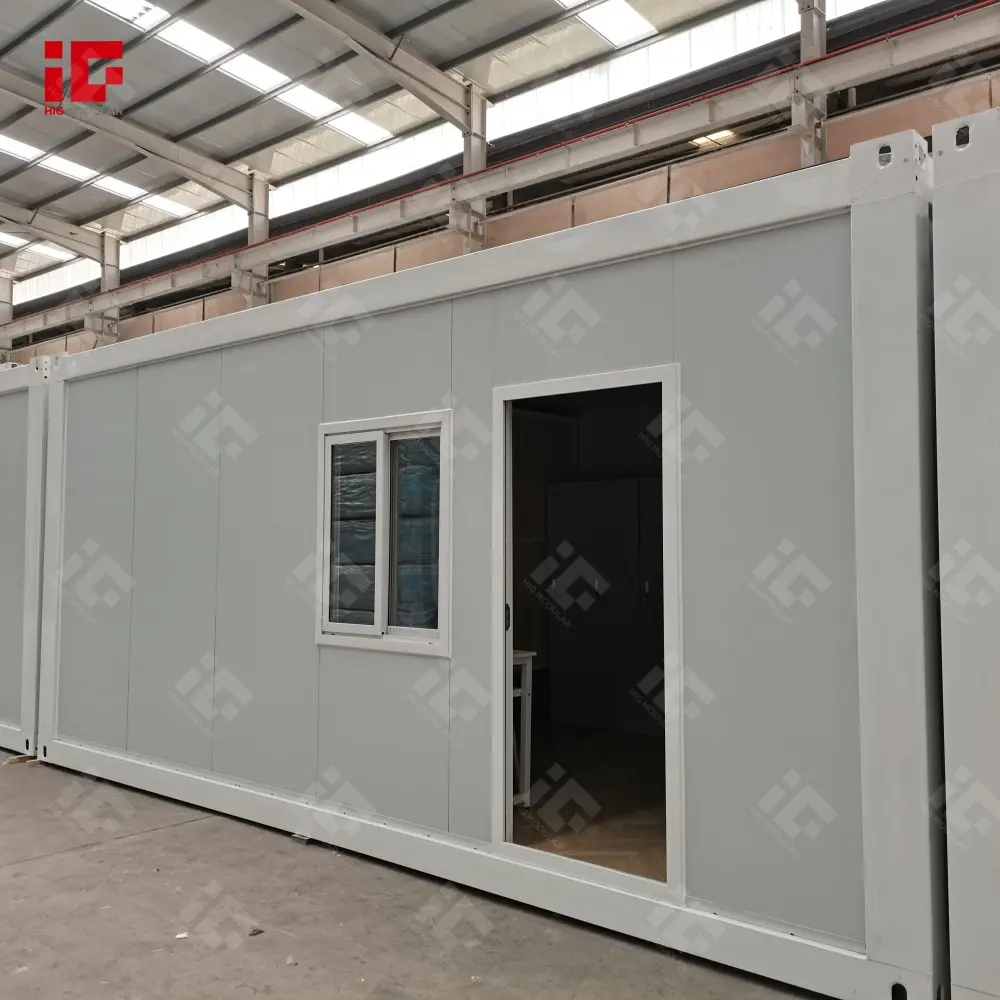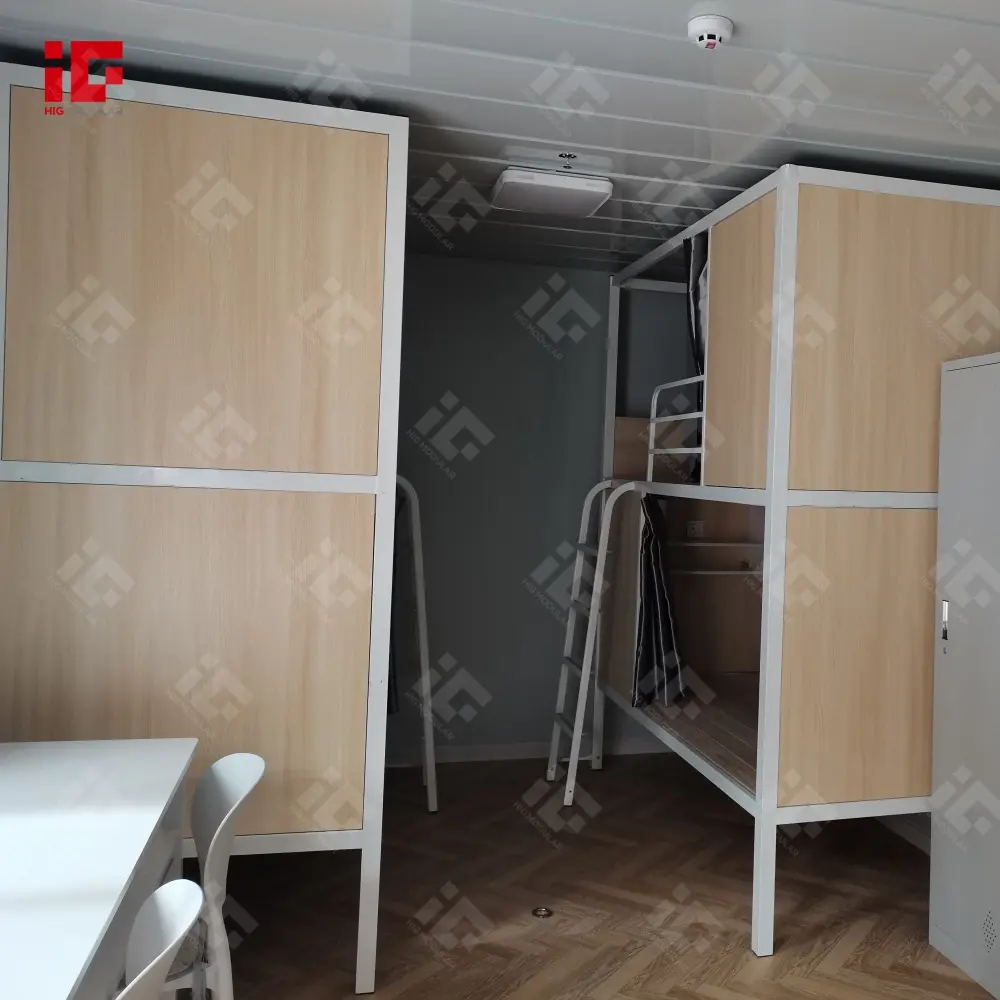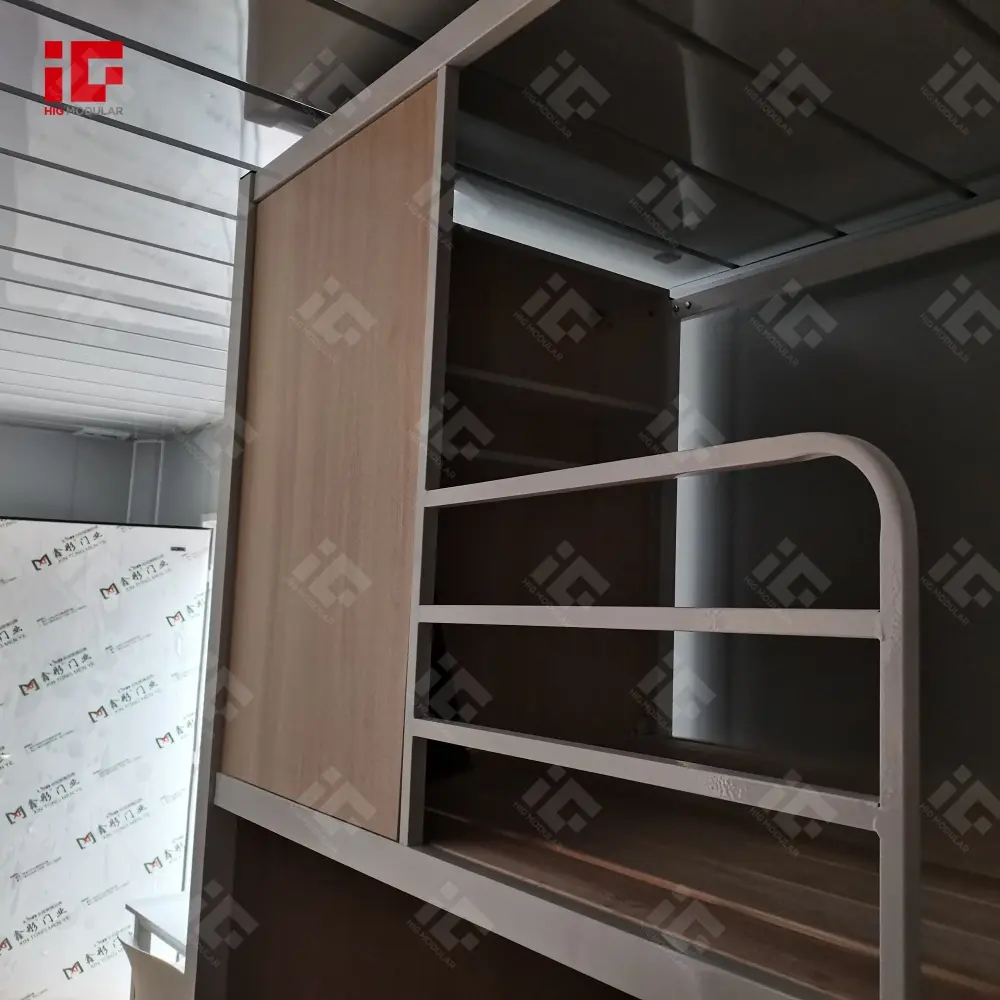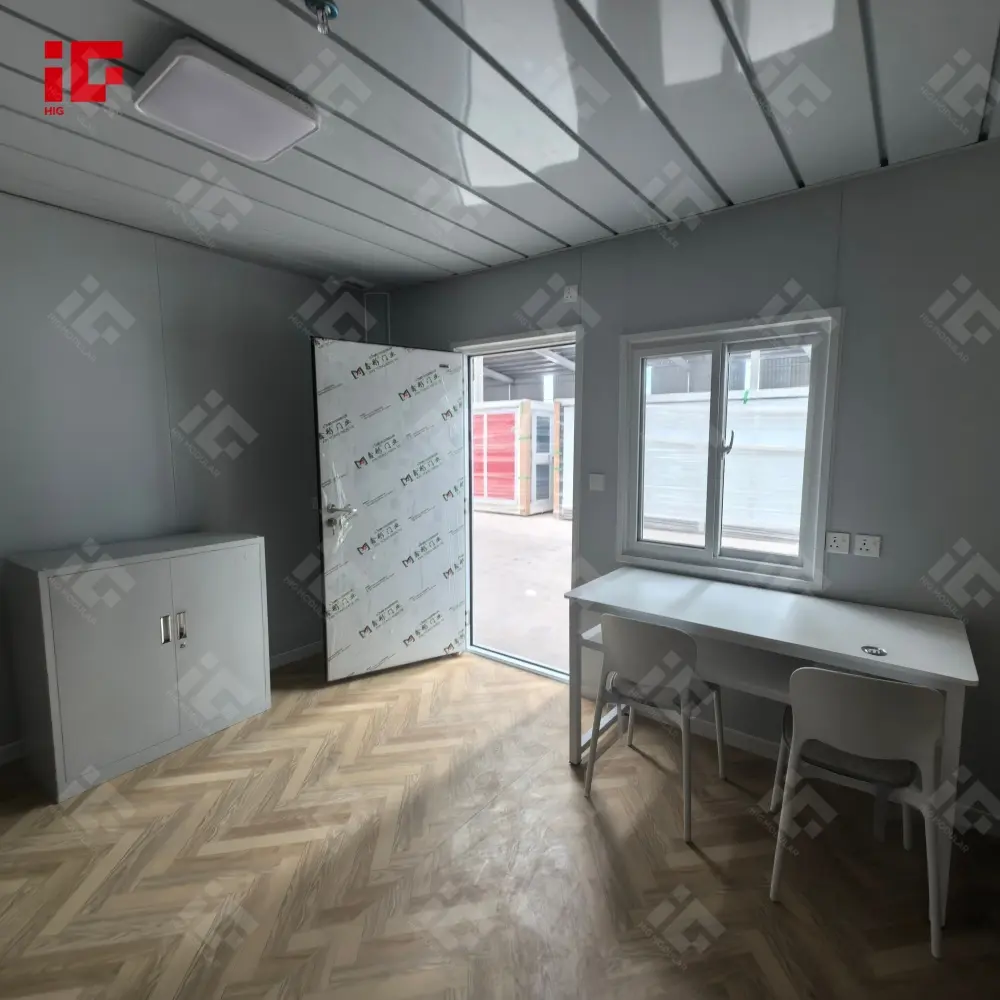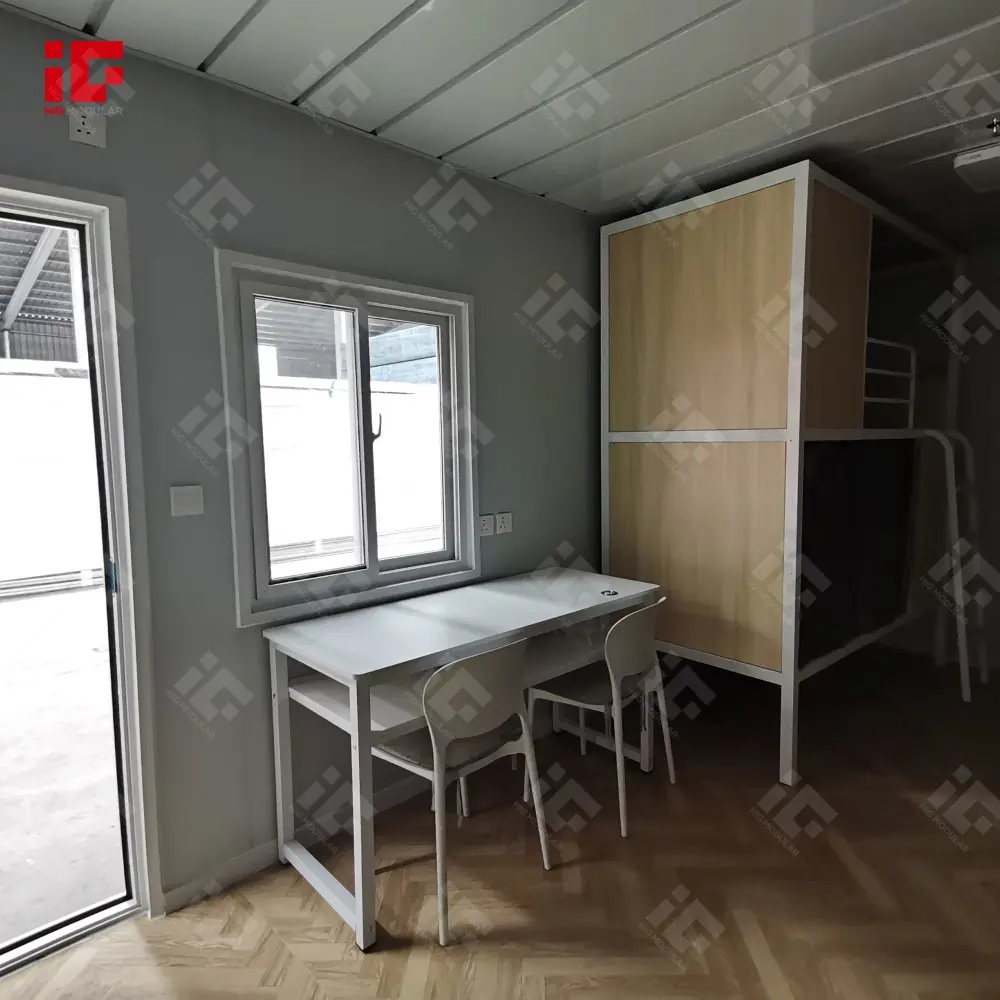Products Categories
Featured Products
Detachable Container Student Dormitories: A Pragmatic Solution for Modern Campus Housing
In the realm of educational infrastructure, the demand for student housing that balances functionality, safety, and adaptability has never been more pressing.
- After-sale Service Online technical support
- Application Hotel/House/Office/Villa/Vacation House etc.
- Place of Origin China
- Size 20FT/40FT or Customized
- Color Customized Color
Product Detail
In the realm of educational infrastructure, the demand for student housing that balances functionality, safety, and adaptability has never been more pressing. Detachable container house - based student dormitories emerge as a groundbreaking response, leveraging modular design principles to address the unique challenges of campus living. By prioritizing practicality, structural integrity, and student - centric features, these dormitories redefine how schools approach accommodation—relying on tangible product attributes and engineering excellence rather than hypothetical scenarios.
Modular Design: Adapting to Campus Realities
At the core of this solution is a modular framework built on standardized dimensions. Each dormitory unit adheres to a 6000×3000×2840mm external size and a 5800×2800×2500mm internal footprint. This uniformity is a strategic enabler of adaptability. Schools can effortlessly scale dormitory capacity by adding units, as standardized connectors and structural components ensure seamless integration. Whether responding to sudden enrollment growth, creating temporary housing for short - term programs, or reconfiguring spaces during campus renovations, the modularity of these container dormitories provides a flexible foundation.
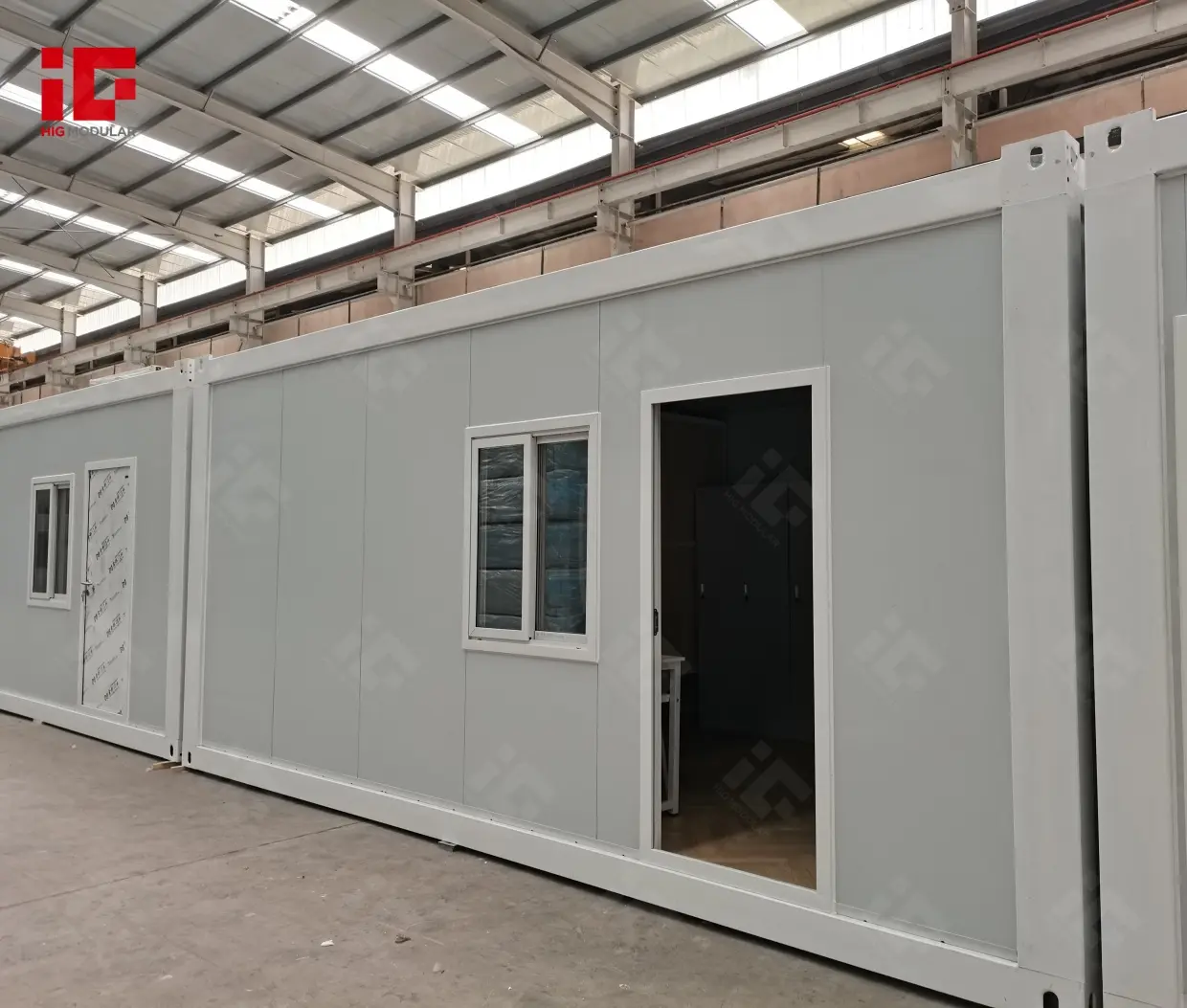
The prefabricated nature of these units further enhances adaptability. Constructed entirely in controlled factory environments, they eliminate the unpredictability of on - site construction. This ensures consistent quality across all units, from structural welds to interior finishes, guaranteeing every student enjoys the same standard of living.
Structural Integrity: Engineering for Student Safety
Safety is non - negotiable in student housing, and detachable container dormitories deliver through rigorous engineering. The table below outlines key technical parameters that underpin their reliability:
| Parameter | Specification | Role in Student Safety |
|---|---|---|
| Exterior Dimensions | 6000×3000×2840mm | Ensures stable stacking and expansion, maintaining structural uniformity. |
| Interior Dimensions | 5800×2800×2500mm | Optimizes usable space for beds, desks, and storage without compromising headroom. |
| Roof Loading Capacity | 0.5KN/㎡ | Withstands snow, debris, or light maintenance equipment in diverse climates. |
| Ground Loading Capacity | 2.0KN/㎡ | Supports heavy furniture, foot traffic, and cleaning machinery. |
| Fire Retardancy | Class A (50mm rock wool core in sandwich panels) | Meets strict fire safety codes, slowing flame spread and protecting occupants. |
| Wind Resistance | 0.6KN/㎡ | Maintains stability in high - wind regions, critical for coastal or open campuses. |
| Seismic Resistance | Level 8 | Provides protection in earthquake - prone areas, safeguarding student well - being. |
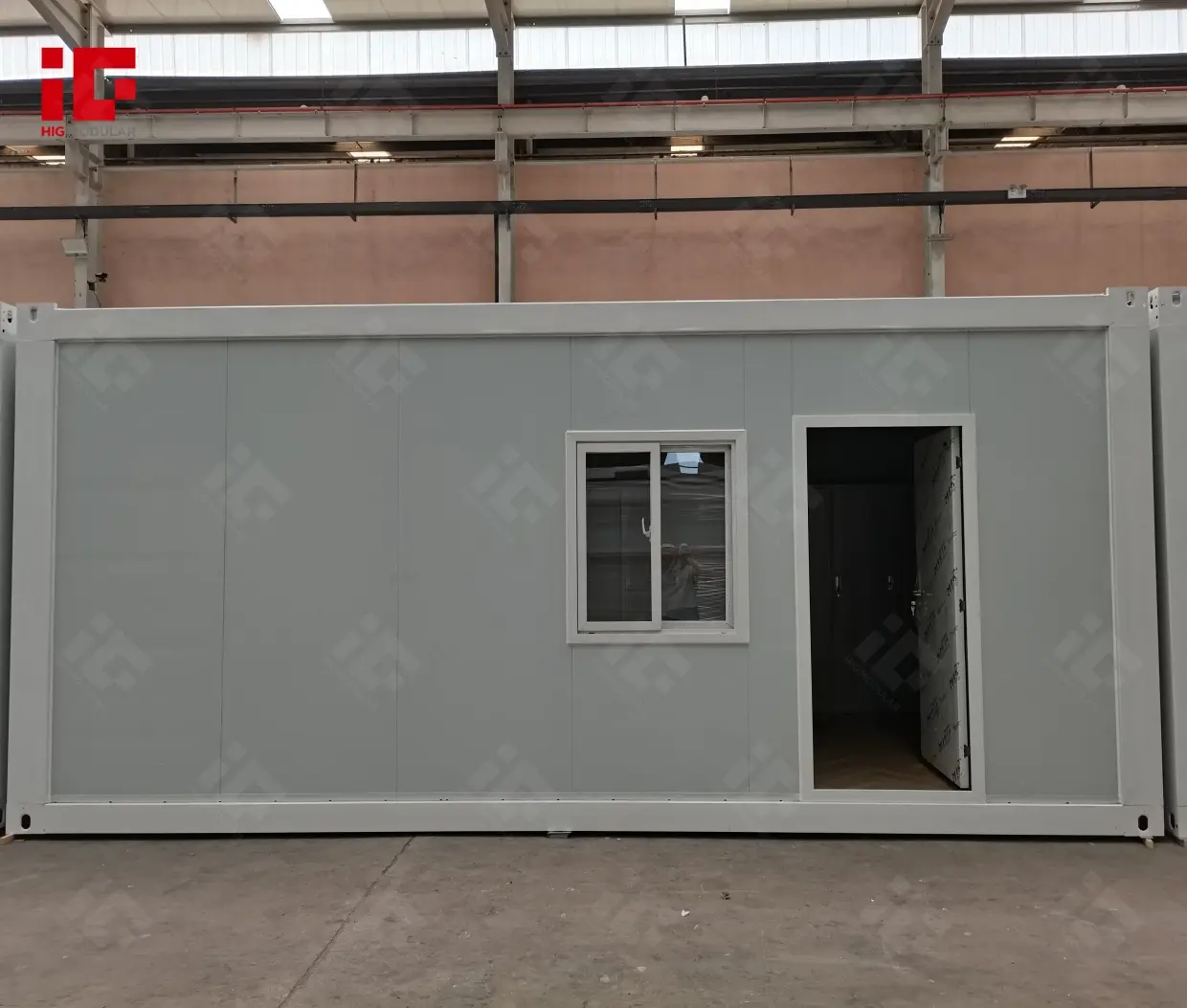
The structural backbone relies on galvanized steel components: top beams (5.58m/2.70m length, 2.3mm thickness), bottom beams (2.70m, 2.3mm thickness), and 4 columns (210×150×55, 2.48m length). These are powder - coated to resist corrosion, ensuring longevity even in humid or coastal environments. Custom - fabricated corner connectors, produced via laser cutting, bending, and galvanizing, enable secure assembly and disassembly. This engineering ensures the dormitories can be relocated or repurposed without compromising structural integrity—a key advantage for schools with evolving spatial needs.
Interior Amenities: A Functional Living Ecosystem
Inside, the dormitory is meticulously designed to support student life. Every unit comes equipped with:
- Bunk Beds: Constructed from durable steel frames with safety rails, these beds maximize vertical space. The design accommodates two students per unit while leaving ample floor area for other essentials.
- Ergonomic Desks and Chairs: Study desks feature built - in storage compartments for books, laptops, and stationery, promoting organization. The chairs are ergonomically designed to reduce discomfort during extended study sessions.
- Spacious Wardrobes: Wardrobes with dual - zone storage (hanging space and shelves) allow students to neatly organize clothing and personal items, minimizing clutter.
- Integrated Electrical Systems: Pre - installed wiring includes energy - efficient LED lighting, multiple power sockets, and USB ports. This eliminates the need for post - construction electrical work, enabling immediate student occupancy.
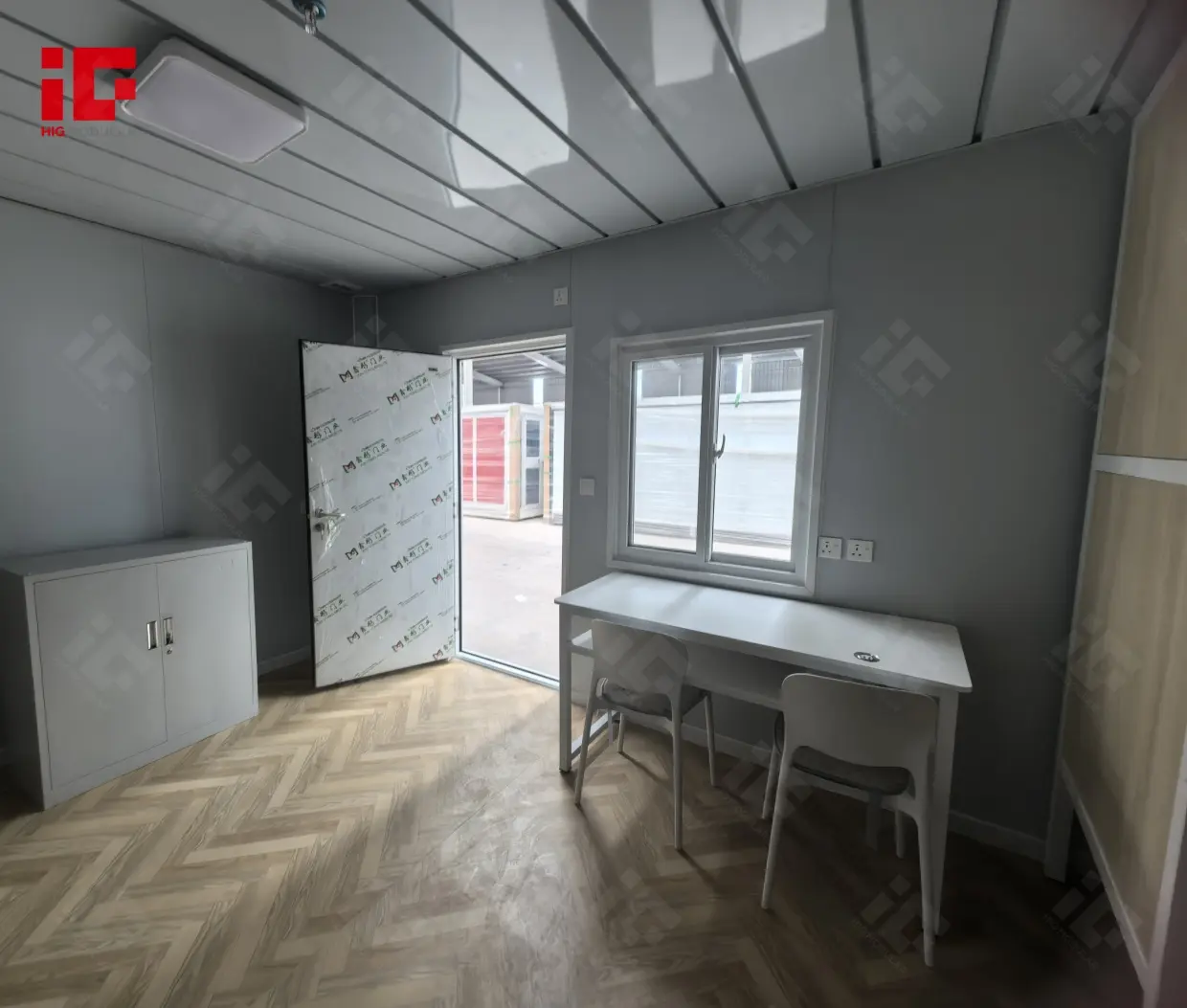
The 50mm rock wool sandwich panels used for walls and ceilings provide exceptional sound insulation, ensuring a quiet environment for studying and resting. Optional 1.6mm PVC flooring adds a layer of comfort and durability, while FC board flooring offers a cost - effective, easy - to - clean alternative.
Rapid Deployment: Solving Urgent Housing Needs
Time is a critical factor in education, and these dormitories excel in rapid deployment:
- Factory Prefabrication: All components—from the steel frame and sandwich panels to interior furniture—are manufactured in a controlled factory setting. A single unit typically takes 4–6 weeks to produce, with production timelines scaling predictably for larger orders.
- Efficient Transportation: The standardized dimensions of the units ensure compatibility with most shipping networks. They can be compactly packed and transported via trucks or containers, minimizing logistical complexity.
- Streamlined On - Site Assembly: Thanks to prefabricated components and custom connectors, a small team can assemble a single dormitory unit in 1–2 days. For larger complexes, assembly follows a modular sequence, with 10 - unit projects completed in 2–3 weeks—far faster than traditional construction timelines.
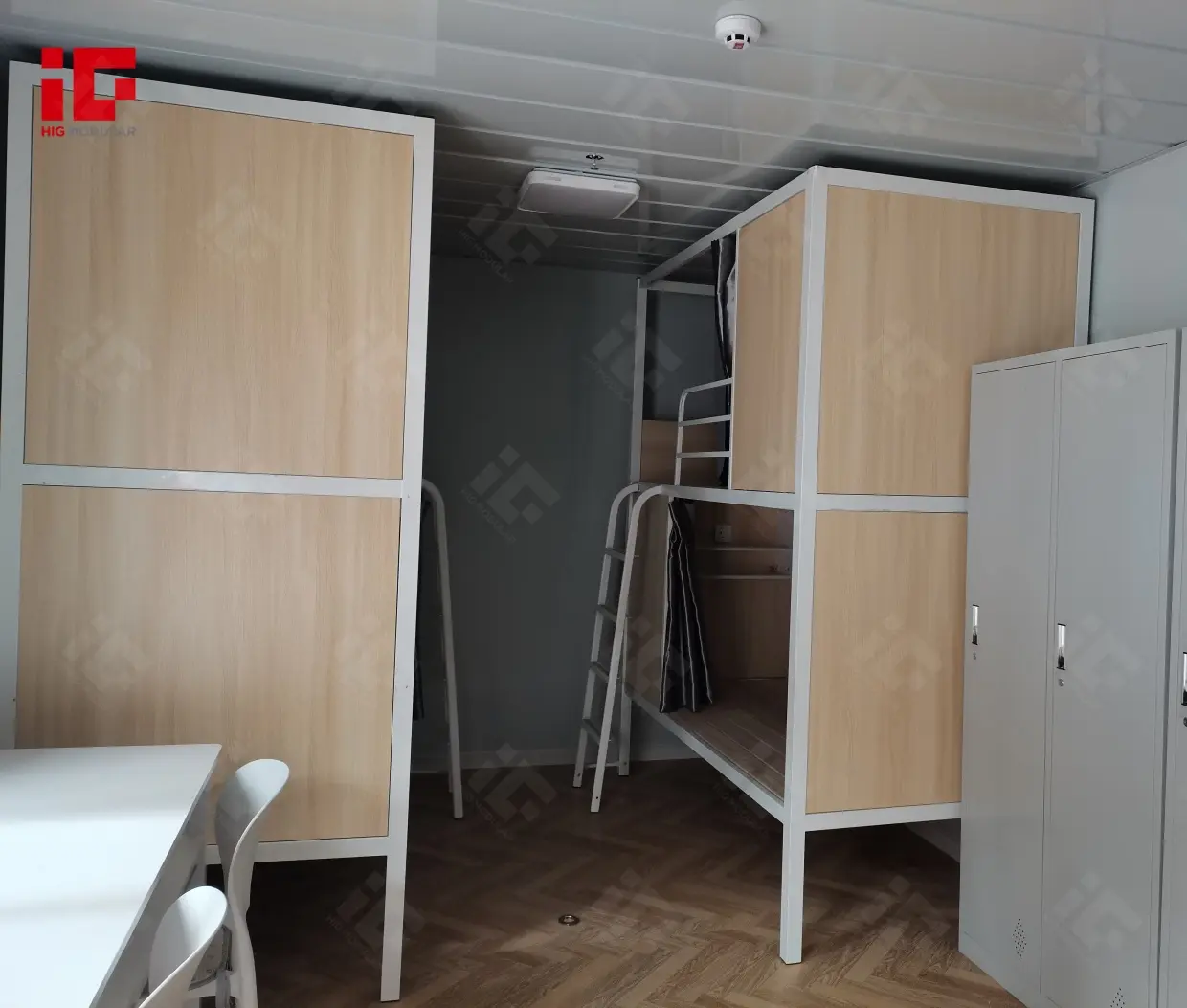
This speed is invaluable for schools facing unexpected enrollment surges or needing temporary housing for programs like summer camps or international student orientations. Instead of waiting months for traditional construction, schools can have functional, safe housing ready in weeks.
Sustainability: A Responsible Campus Choice
Modern educational institutions are increasingly committed to sustainability, and detachable container dormitories align with these goals:
- Recyclable Materials: Up to 90% of the materials used—including galvanized steel, rock wool insulation, and color - steel panels—are recyclable. At the end of their lifecycle, units can be disassembled and repurposed, reducing landfill waste.
- Energy Efficiency: The rock wool insulation and optional double - glazed windows provide excellent thermal regulation, reducing the need for heating and cooling. Maximizing natural light through strategic window placement further lowers energy consumption by minimizing artificial lighting use.
- Low - Impact Construction: Modular assembly generates 70–90% less on - site waste compared to traditional building methods. This is particularly beneficial for campuses in environmentally sensitive areas.
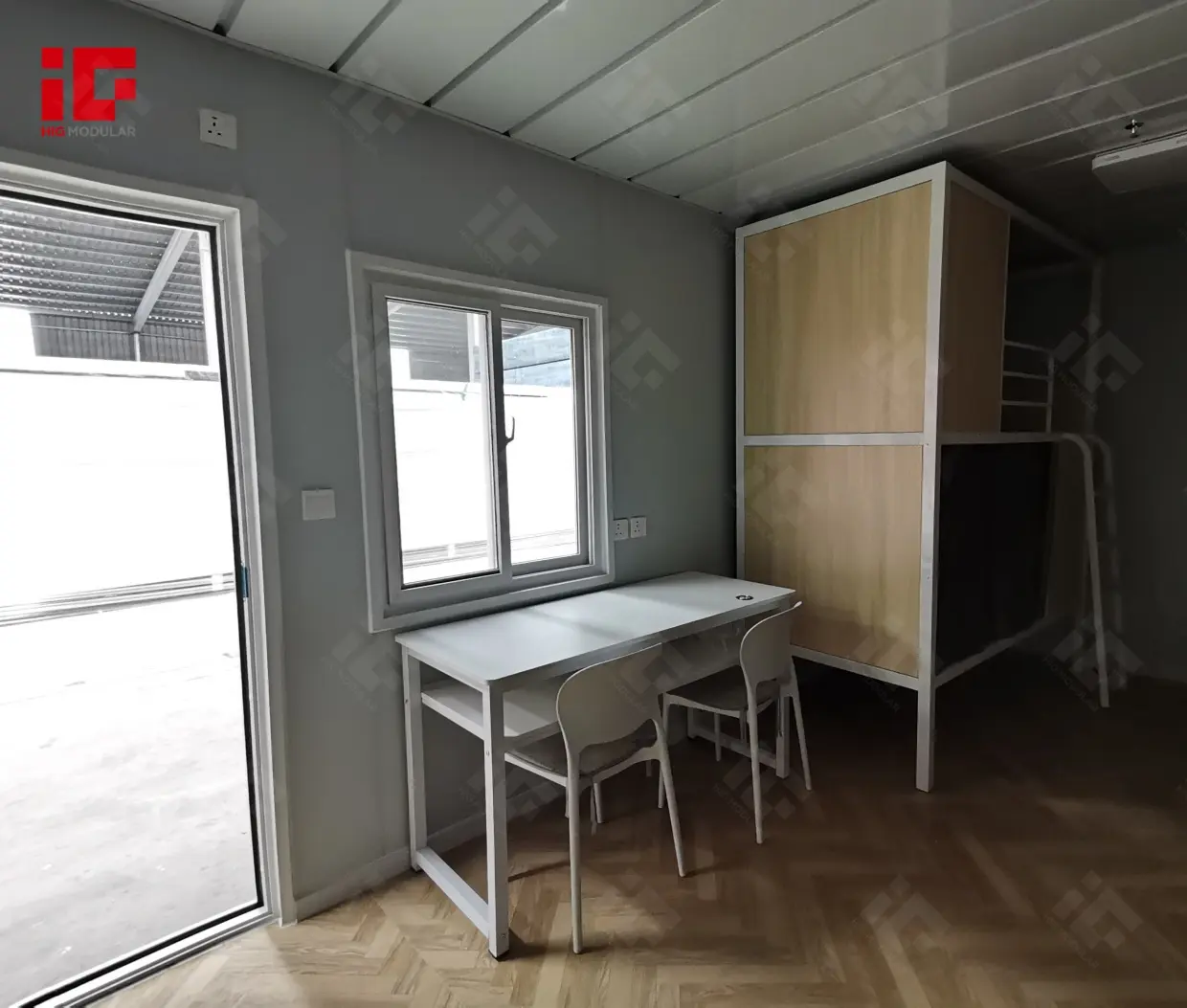
Schools can leverage these sustainability features to meet green campus initiatives, such as reducing their carbon footprint or achieving certifications like LEED for Schools.
Cost - Effectiveness: A Smart Financial Strategy
For budget - conscious institutions, detachable container dormitories offer significant financial advantages:
- Lower Initial Investment: Factory prefabrication and modularity reduce labor and material costs by 30–40% compared to traditional student housing. This allows schools to allocate resources to academic programs or student services.
- Reduced Maintenance Costs: The use of durable materials like galvanized steel and rock wool minimizes long - term upkeep. Unlike traditional buildings with complex finishes, these dormitories require minimal maintenance.
- Long - Term Flexibility: The ability to relocate or repurpose units avoids costly demolition and rebuilding. This protects against changing campus needs and ensures a higher return on investment over time.
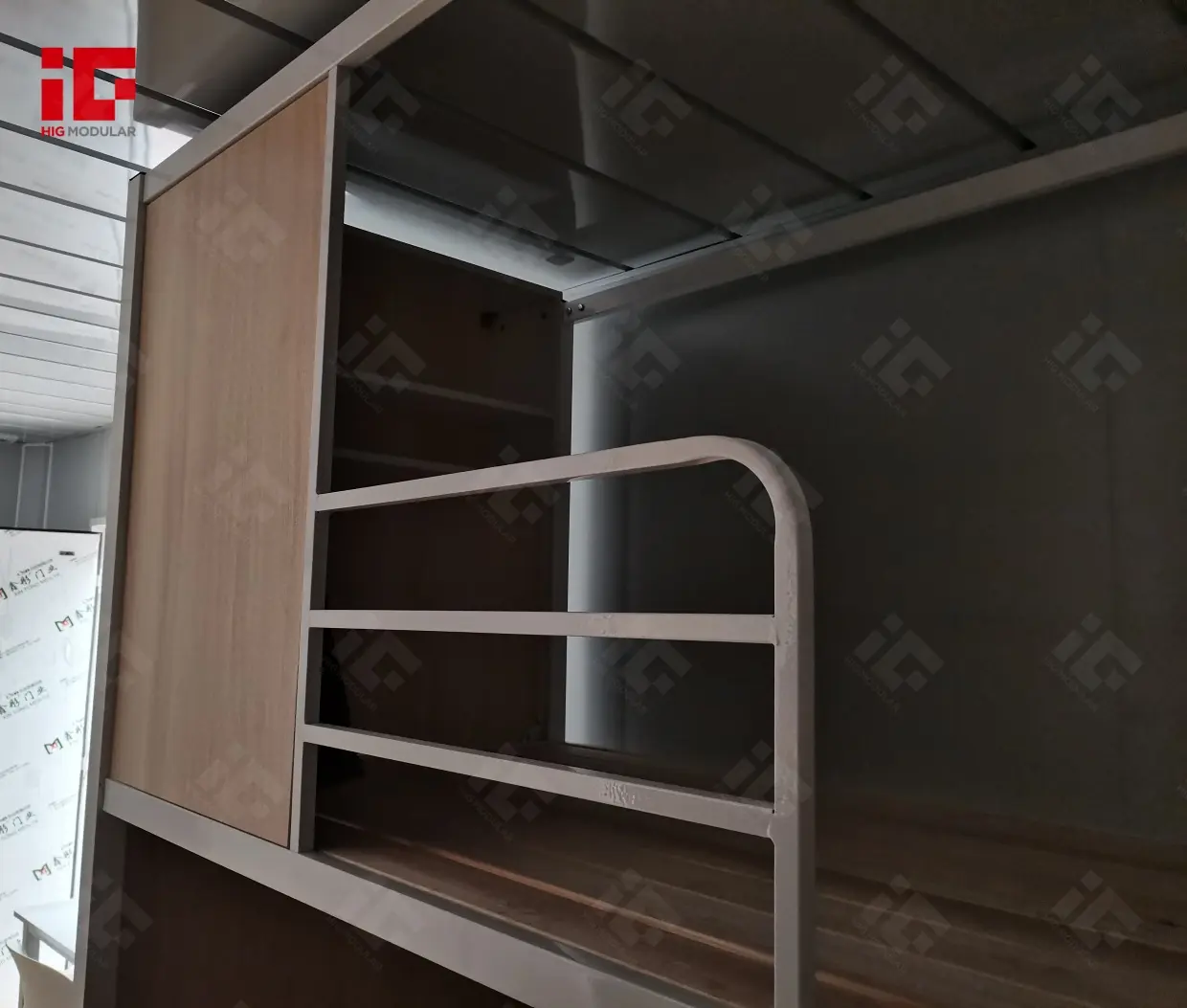
These financial benefits make detachable container dormitories a prudent choice for schools looking to optimize their budgets without compromising on quality.
Conclusion
Detachable container student dormitories represent a paradigm shift in educational accommodation, grounded in practicality and engineering excellence. By combining modular adaptability, structural safety, student - centric design, rapid deployment, sustainability, and cost - effectiveness, they address the complex challenges of modern campus living. Their value lies in tangible product attributes that empower schools to provide safe, comfortable, and flexible housing—laying a solid foundation for student success in an ever - evolving educational landscape.

